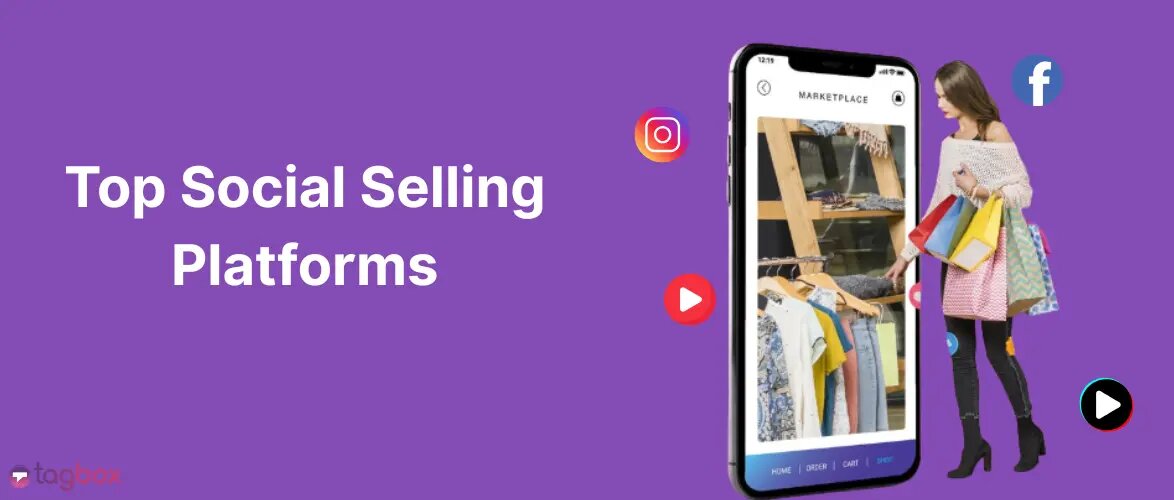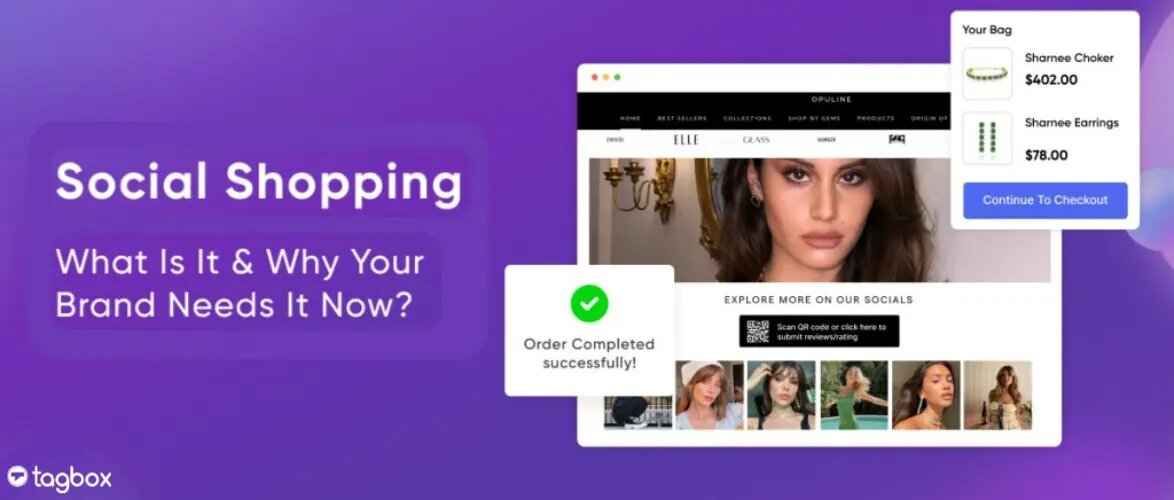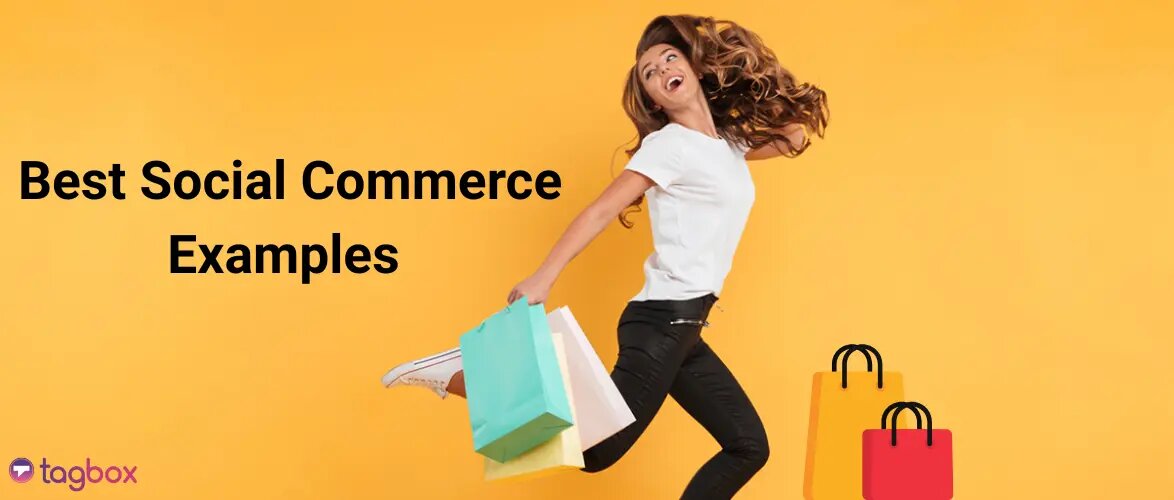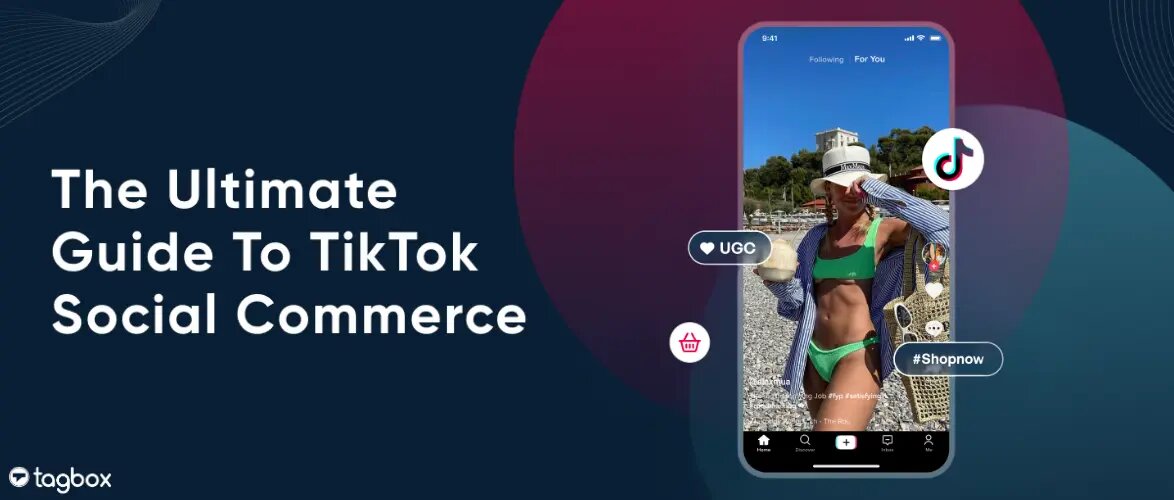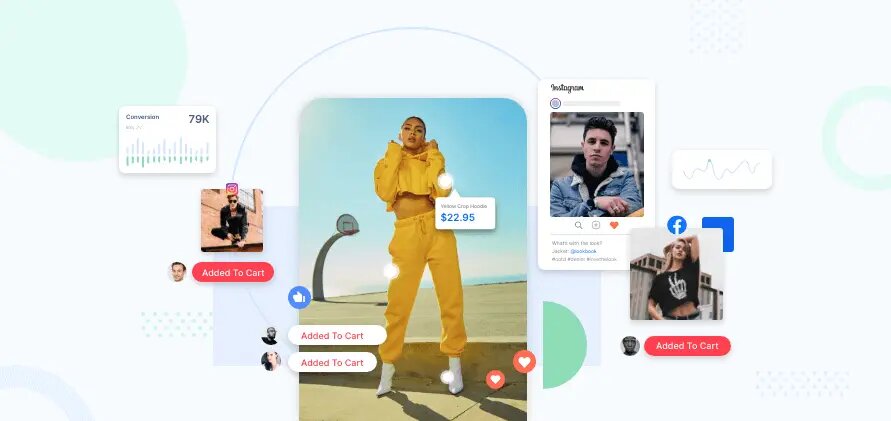Read summarized version with
Social media platforms have always been a great way to make friends. From getting brand recognition to customer engagement, social media has become an integral part of businesses. Extending the role of social media for businesses, we have social selling platforms, where shopping meets social media, helping brands in getting sales. If you aren’t still using social selling platforms for your business, then trust us, you are missing out on a lot. In this blog, we will dive deeper into the subject, understand social selling platforms, and learn about the best social selling platforms in the market.
Hook visitors. Build trust. Drive clicks.
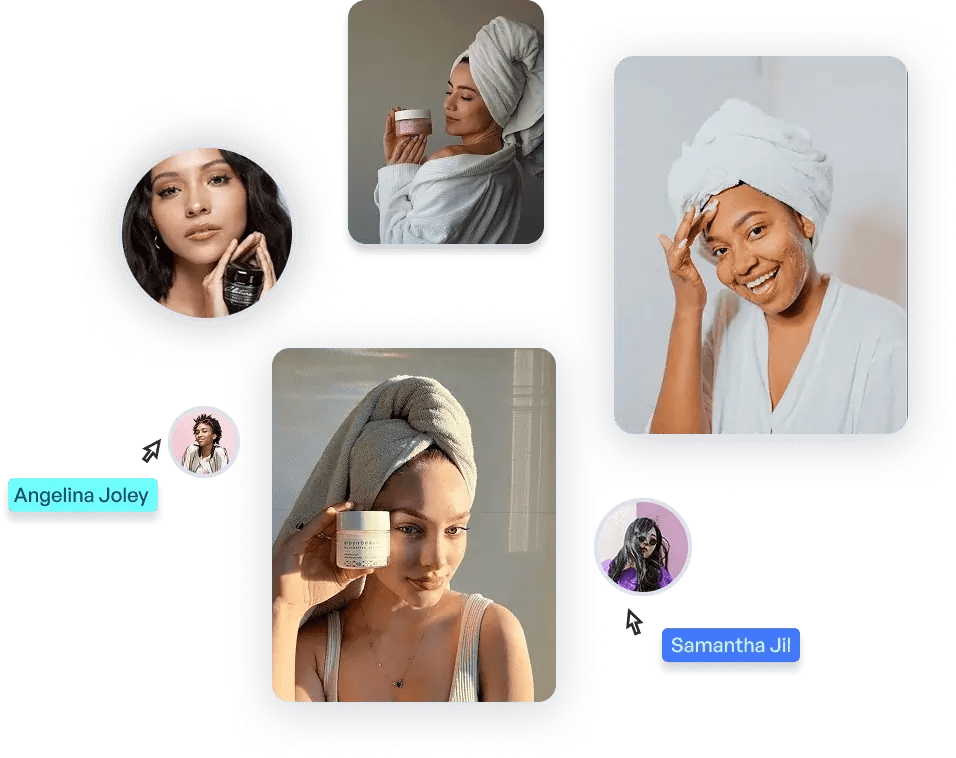
What is Social Selling?
Social selling is like sliding into your customer’s DMs with a killer deal. It’s about building trust and relationships on social media to drive sales, using platforms like Instagram, TikTok, or YouTube shoppable to showcase products.
Unlike traditional e-commerce, where you search for products on a website, social commerce platforms let you discover, engage, and buy directly in the app. Think Instagram shoppable feed or TikTok shoppable videos. According to Shopify, social commerce is a subset of e-commerce that thrives on social proof, such as customer reviews and shoppable UGC. This builds buyer confidence and boosts sales.
Best Social Selling Platforms
Here’s the tea on the top social selling platforms listed down for you, so you can identify the tool that matches your needs:
1. Taggbox

Taggbox is one of the prominent social selling platforms that enables you to embed a social media feed on a website. Using this tool, you can collect all the social media posts consisting of UGCs, customer reviews, and more, and showcase them on your website.
It offers a dedicated social media widget for your website, showcasing your content without affecting website quality or speed.
You can customize your widget with various options to change its look and feel. It also includes a moderation feature, allowing you to filter out inappropriate content.
2. Instagram Shopping

Instagram is a juggernaut of social selling platforms, a visual juggernaut that’s got social shopping on lock. With 130 million users tapping shoppable Instagram posts every month, it’s a goldmine for brands chasing that Instagram social commerce glow. Imagine scrolling through a Reels video of a cozy sweater, tapping a tag, and snagging it without leaving the app; that’s the seamless vibe Instagram delivers.
For startups, Instagram is a dream. Showcase products in Stories, Reels, or feed posts, turning every scroll into a potential sale. With Instagram shoppable feed features like polls, countdown timers, and branded hashtags, you can boost flash sales or new product drops.
3. TikTok Shop

TikTok Shop is the wild child of social commerce platforms. With 40.7 million social buyers projected for 2025, per eMarketer, this TikTok shoppable platform is a viral sales machine. Picture a 15-second in-feed video of a quirky phone case, paired with a trending hashtag and a “Shop Now” button, boom, it’s in your cart before the song’s over.
TikTok’s 1.04 billion users spend 52 minutes daily on the app, giving brands a captive audience for social ecommerce. The platform’s shoppable feed supports in-feed videos, live streams, and product links, making it easy to showcase products in a fun, snackable format.
4. Facebook Shops

Facebook Shops is the leading social selling platform, with 64.6 million social buyers in 2024 and 3.5 billion users. It’s the hub of Facebook social commerce, where shoppers are ready to buy. Brands can sync product catalogs to create shoppable posts, Stories, and dynamic ads. Retarget users who’ve visited your site with ease. In-app checkout makes purchases quick, and integration with Instagram shoppable feeds enables seamless cross-platform campaigns.
With tags linking straight to checkout, that’s the kind of smooth social ecommerce Facebook delivers. AR features let customers “try on” products like makeup or glasses, boosting engagement. Dynamic ads from the platform are a game-changer, as they automatically promote products to interested users.
5. YouTube Shopping

YouTube Shopping turns tutorials into cash with YouTube shoppable videos, and it’s a haven for brands with products that need explaining. It’s the go-to for social commerce when customers want the full scoop. Think of a tech brand dropping a YouTube Shorts video unboxing a new gadget, with product tags linking to your store, that’s the shoppable content vibe.
You can tag products in videos, Shorts, or live streams, letting viewers shop while they learn. YouTube Studio’s analytics track clicks and conversions, so you know what’s working, per Firework. This platform shines for demo-heavy products like tech, fitness gear, or appliances, where social proof ecommerce through tutorials seals the deal. If your brand’s got a story to tell, YouTube Shopping’s your stage.
6. Bazaarvoice

Bazaarvoice is the trust-building MVP of social selling platforms, amplifying social proof in ecommerce with reviews and ratings. It’s less about flashy shoppable content and more about embedding customer feedback into product pages for that authentic social commerce feel.
Think of an e-commerce site where every product has star ratings, customer photos, and shoppable UGC like try-on videos. Bazaarvoice makes that happen. It pulls reviews from Instagram shoppable feed or TikTok shoppable posts, letting you showcase real user love.
Benefits of Using Social Selling Platforms for E-Commerce
Social selling platforms are like your brand’s best friend for crushing it in social e-commerce. Here’s why they’re a must:
1. Provides Social Proof
Brands present online struggle to convince their audiences of brand genuineness. This is where social selling platforms come to the rescue, as they allow brands to showcase shoppable UGC, customer reviews, social media posts, and more. All these measures help in building the credibility of the brand.
2. Seamless Shopping
Shoppable content like TikTok’s shoppable feed lets users buy without leaving the app, cutting cart abandonment by 15%. The easier you make it for your customers to make a purchase, the better it is; moreover, it also helps in developing a brand and customer relationship.
3. Improved Brand Visibility
Social selling platforms help brands increase their brand awareness and visibility. With more people indulging in UGC or branded content, the reach of a brand increases. It makes it easier for brands to reach their target audiences and
4. Engagement Boost
Interactive YouTube shoppable videos or Facebook social commerce live streams drive higher engagement and even contribute to sales. According to a study, 70% of customers purchase a product after seeing it in YouTube videos.
5. Cost-Effective
Social selling platforms are pocket-friendly as they offer services and features that fit every budget. You can even find tools that provide you with a free trial, ensuring that you save on cost.
Tap Into Social Selling And Grow Your Brand!
| No Credit Card Required |
Social Selling Examples
Real brands are killing it with social selling platforms. Here’s how:
a.) Reina Olga

Reina Olga, a swimwear brand with Brazilian flair, is making waves on Instagram social commerce like nobody’s business. Picture this: a vibrant Reels video of a sun-kissed model rocking their bold, colorful bikini, tagged with a “Shop Now” button that takes you straight to checkout without leaving the app. That’s the seamless Instagram shoppable feed magic! By embedding shoppable UGC from fans, the brand boosts social proof ecommerce, helping to get more clicks on their Instagram Stories. Their branded hashtags spark user buzz, turning followers into buyers faster than you can say “beach vibes.”
b.) Gymshark
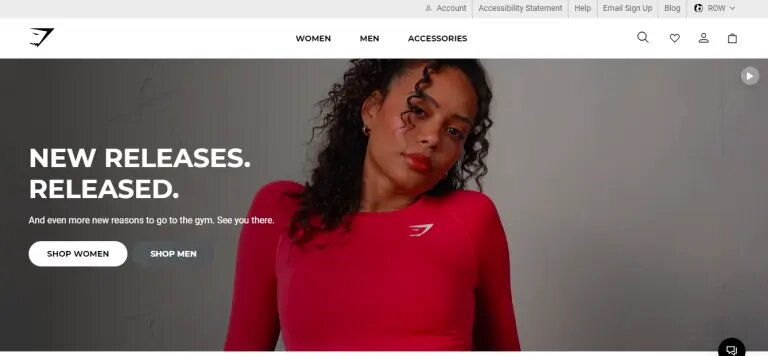
Gymshark is the fitness apparel king flexing hard on TikTok shoppable platforms. Imagine a 15-second TikTok video of a gym bro crushing a workout in their sleek leggings, with a trending sound and a “Shop Now” link that lands it in your cart before the rep’s done. With 1.04 billion TikTok users spending 52 minutes daily on the app, Gymshark’s shoppable feed and live streams are a sales powerhouse. The brand was able to get a 300% conversion spike over three years. Their consistent aesthetic and creator collabs keep the brand buzzing.
c.) Rothy’s
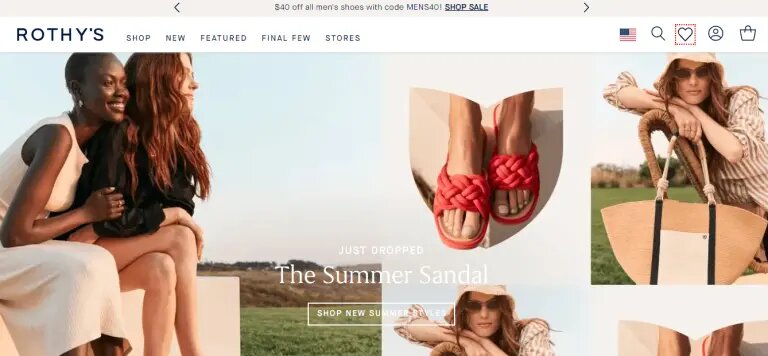
Rothy’s, the eco-friendly footwear champ, is strutting its stuff on social commerce like a sustainable style icon. Their Shopify integration lets them sync products for great campaigns, boosting engagement for the brand. Their eco-conscious vibe and shoppable UGC from happy customers screaming sustainability make every post a trust magnet.
How To Effectively Use Social Selling Platforms?
Want to get maximum benefits from social selling? Here’s the playbook:
- Optimize Content: Create a high-quality Instagram shoppable feed or YouTube shoppable videos showing products in action. Bushbalm’s Reels tag one product clearly, boosting clicks per Shopify.
- Leverage UGC: Encourage customers to share reviews or shoppable UGC with branded hashtags. Taggbox makes it easy to embed an Instagram feed on your site.
- Use Live Shopping: Host TikTok shoppable livestreams or Facebook social commerce events to create urgency, like Walmart’s 2024 holiday stream, per Shopify.
- Sync Catalogs: Integrate with Shopify or Taggbox to sync products for shoppable content across Instagram social commerce or YouTube shoppable, per ZoomInfo.
- Track Analytics: Use platform tools (e.g., YouTube Studio, Taggbox analytics) to monitor clicks and conversions, refining your social commerce trends, per Firework.
- Partner with Creators: Collab with TikTok or Instagram creators for shoppable video platforms, like Made by Mitchell’s 50K-view livestream, per Sprout Social.
Test, tweak, and keep it authentic to maximize social proof ecommerce.
Conclusion
Social selling platforms are the secret sauce for 2025’s social commerce boom, turning likes into dollars with shoppable Instagram, TikTok shoppable feed, and YouTube shoppable videos. From Lululemon’s Instagram social commerce to Walmart’s TikTok social commerce, brands are cashing in on social shopping vibes. The social selling platforms mentioned allow you to reach your desired audience and accomplish your sales and marketing goals. So what are you waiting for? Utilize these platforms now to expand your brand’s reach and sales.
Frequently Asked Questions
Pick a platform like Taggbox or Instagram social commerce, sync your product catalog, and create shoppable content like Reels or shoppable UGC. Use hashtags and analytics to target your audience, and create your marketing plans based on that.
Engagement: Build trust with shoppable UGC and live streams.
Discovery: Increase product visibility with Instagram shoppable tags and TikTok shopping features.
Conversion: Simplify checkout with in-app purchases and shoppable content links.
Costs vary from platform to platform, like Taggbox, which offers free plans with paid tiers from $19/month.
Discovery: Get products in front of users via shoppable Instagram posts, YouTube shoppable videos, or TikTok shoppable feed using hashtags and creator collabs.

